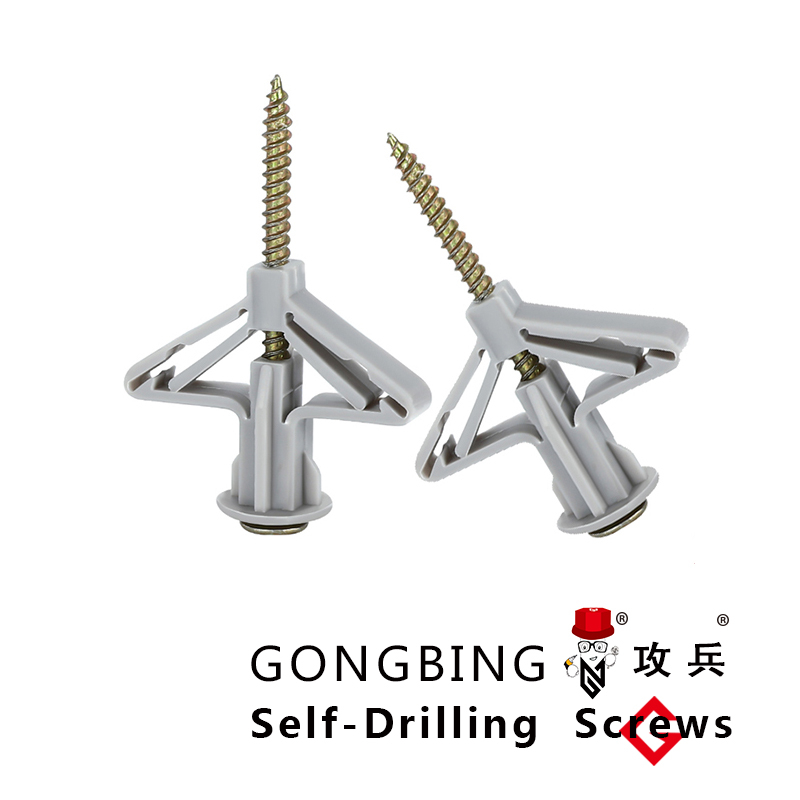Exploring Various Brace Configurations in Steel Structural Designs
Bracing Types in Steel Structures An Overview
In the realm of modern structural engineering, steel structures have emerged as a preferred choice for their strength, versatility, and durability. One of the critical elements that enhance the stability and load-carrying capacity of steel frameworks is bracing. Bracing refers to the system of diagonal members that help to provide lateral support and prevent deformation due to axial loads, wind forces, or seismic activities. This article aims to explore the various types of bracing employed in steel structures, their applications, advantages, and considerations for design.
1. Types of Bracing Systems
Bracing systems in steel structures can be broadly classified into three main categories compression bracing, tension bracing, and combinations of both.
Compression Bracing
Compression bracing typically consists of diagonal members that are oriented to resist compressive forces. These members are often installed in a series of triangular panels within a frame. Compression bracing systems are efficient in both material use and structural performance. However, their performance is critically dependent on the strength of the bracing members and connection details.
Tension Bracing
Conversely, tension bracing relies on diagonal members that are designed to resist tensile forces. This type of bracing is often utilized in structures where lateral forces tend to pull the framework apart. Tension braces can effectively distribute loads across a larger area, thereby enhancing overall stability. Cable systems are a common form of tension bracing, particularly in bridge construction and tall structures.
Diagonal and X-Bracing
Diagonal bracing involves placing bracing members in diagonal orientations, forming triangular shapes within the frame. This configuration is effective in resisting both lateral and vertical loads. A popular variation is X-bracing, where two diagonal members intersect at the middle of a frame panel, creating an X shape. X-bracing provides redundancy and is widely used in high-rise buildings and warehouses.
bracing types in steel structure

K-Bracing and V-Bracing
K-bracing consists of diagonal members that connect to the center of the vertical frame members, resembling the letter 'K'. This provides high stiffness and helps in reducing lateral sway. V-bracing, on the other hand, uses braced members arranged in a ‘V’ shape. While K-bracing tends to be more efficient in terms of materials, V-bracing is easier to analyze and can be aesthetically pleasing in architectural designs.
2. Applications of Bracing Types
Bracing systems play a crucial role in various applications ranging from residential buildings to monumental structures. In seismic-prone areas, bracing systems such as X-bracing or K-bracing are essential for enhancing the ductility and resilience of structures. Similarly, in wind-loaded structures like tall buildings and telecommunications towers, effective bracing systems can significantly reduce sway and oscillation, ensuring occupant safety and comfort.
3. Advantages of Bracing
One of the primary advantages of employing bracing systems in steel structures is their ability to effectively distribute loads and enhance overall rigidity. They allow for the design of open floor spaces without excessive use of columns, maximizing usable space. Moreover, bracing members can be fabricated off-site, allowing for rapid assembly and cost-effective construction.
4. Considerations for Design
Despite their benefits, the design of bracing systems must consider several factors. These include the loads imposed on the structure, the type of bracing system best suited for specific conditions, and the overall aesthetics of the building. Additionally, the connections between bracing members and the primary structural frame must be engineered to ensure adequate performance under varying load conditions.
Conclusion
In conclusion, bracing types in steel structures are vital for enhancing stability, load distribution, and overall structural integrity. By understanding the different bracing systems available—whether it’s compression, tension, diagonal, or innovative configurations like K or V-bracing—engineers can make informed decisions that optimize both functionality and safety. As the field of structural engineering continues to evolve, the role of these bracing systems will remain crucial in the design and construction of resilient infrastructure capable of withstanding the forces of nature.
-
Weatherproof Plastic Expansion Anchors for OutdoorNewsJun.06,2025
-
Sustainability in the Supply Chain: Eco-Friendly TEK Screws ProductionNewsJun.06,2025
-
Load-Bearing Capacity of External Insulation FixingsNewsJun.06,2025
-
Double Head Bolts: Enhancing Efficiency in Industrial MachineryNewsJun.06,2025
-
Corrosion Resistance in Chipboard Screws: Coatings for Wholesale DurabilityNewsJun.06,2025
-
Butterfly Toggle Bolts : Enhancing Structural ResilienceNewsJun.06,2025
